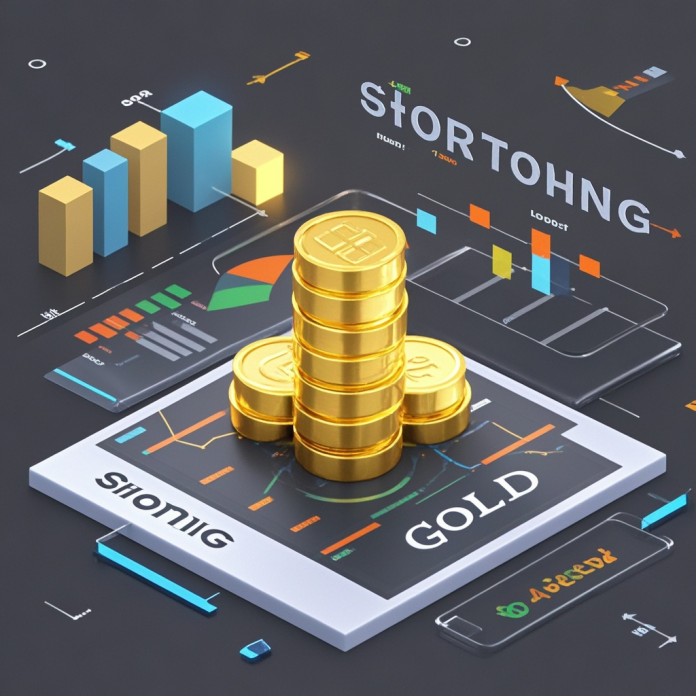Gold Price Volatility Sparks Debate on Short-Selling Strategies
Recent gold market movements have exhibited extreme turbulence, resembling a rollercoaster ride that has kept investors on edge. Today’s international gold price action was particularly dramatic—opening with a strong surge to $3,345, only to plummet to $3,294 by afternoon, before staging a late-night rebound to $3,305. Such sharp and frequent fluctuations have left market participants uncertain about gold’s investment outlook, with the question "Is now the right time to short gold?" becoming a focal point of investor attention.
This international gold price volatility has spilled over into China’s retail gold market. Domestic jewelry brands have seen similarly erratic price swings. For instance, Chow Tai Fook’s gold price dropped by 8 yuan in a single day, while Lao Fengxiang’s price fell to 1,005 yuan per gram, and China Gold Shanghai hit a low of 969 yuan per gram. Such dramatic price movements have left both consumers and investors bewildered.
From a market perspective, the chaotic gold price action stems from multiple complex factors. On one hand, global macroeconomic uncertainty remains elevated. While some economic indicators suggest recovery in certain regions, persistent inflationary pressures and geopolitical conflicts continue to cloud the outlook. Inflation expectations enhance gold’s appeal as an inflation hedge, while geopolitical tensions may trigger safe-haven demand, driving capital into gold. However, any signs of strengthening economic recovery could prompt funds to flow out of gold and into risk assets, creating these violent price swings.
On the other hand, shifts in financial market liquidity are also significantly impacting gold prices. Central bank monetary policy adjustments—including interest rate changes, quantitative easing, or tightening measures—alter capital supply-demand dynamics. Ample liquidity tends to support gold prices, while tightening conditions exert downward pressure. Recently, ambiguous policy signals from certain central banks have destabilized liquidity expectations, further exacerbating gold’s volatility.
Regarding the critical question of whether to short gold currently, investors must conduct careful multi-dimensional analysis. From a technical perspective, the recent wild price swings have created long upper and lower shadows on candlestick charts, reflecting intense battles between bulls and bears without clear directional conviction. Blind short-selling here carries substantial risk given potential rebound threats.
Fundamentally, persistent global economic uncertainties mean gold’s dual role as both safe-haven asset and store of value retains relevance. Should geopolitical conflicts escalate or inflation exceed expectations, gold could rally anew. Conversely, clearer economic recovery signals or coordinated central bank tightening may pressure prices downward.
In summary, given gold’s current high uncertainty, investors considering short positions must exercise extreme caution. Decision-making should incorporate close monitoring of global macroeconomic data releases, central bank policy trajectories, and geopolitical developments. Risk-averse investors may prefer staying sidelined until trends clarify, while experienced traders with higher risk tolerance should employ strict position controls with predefined stop-loss and take-profit levels to navigate potential market shifts.
Amid this gold market rollercoaster, maintaining composure and rationally analyzing market dynamics remain essential for making relatively sound investment decisions in this complex, fast-changing environment.
